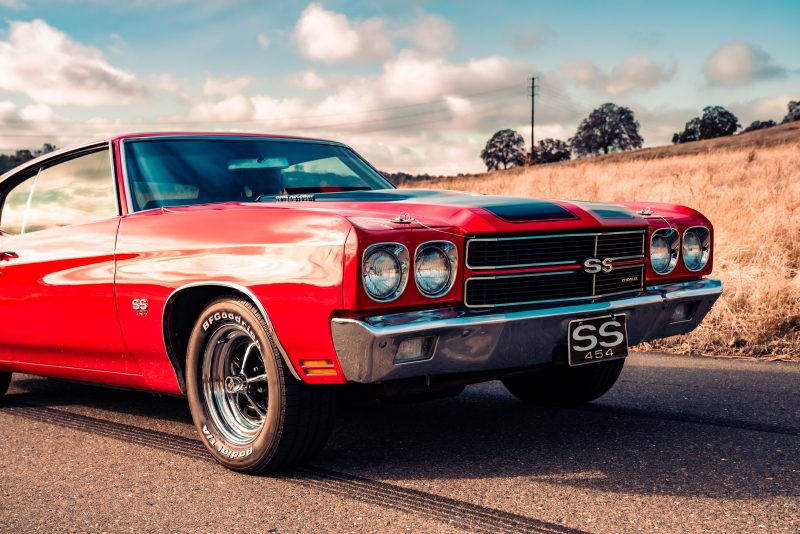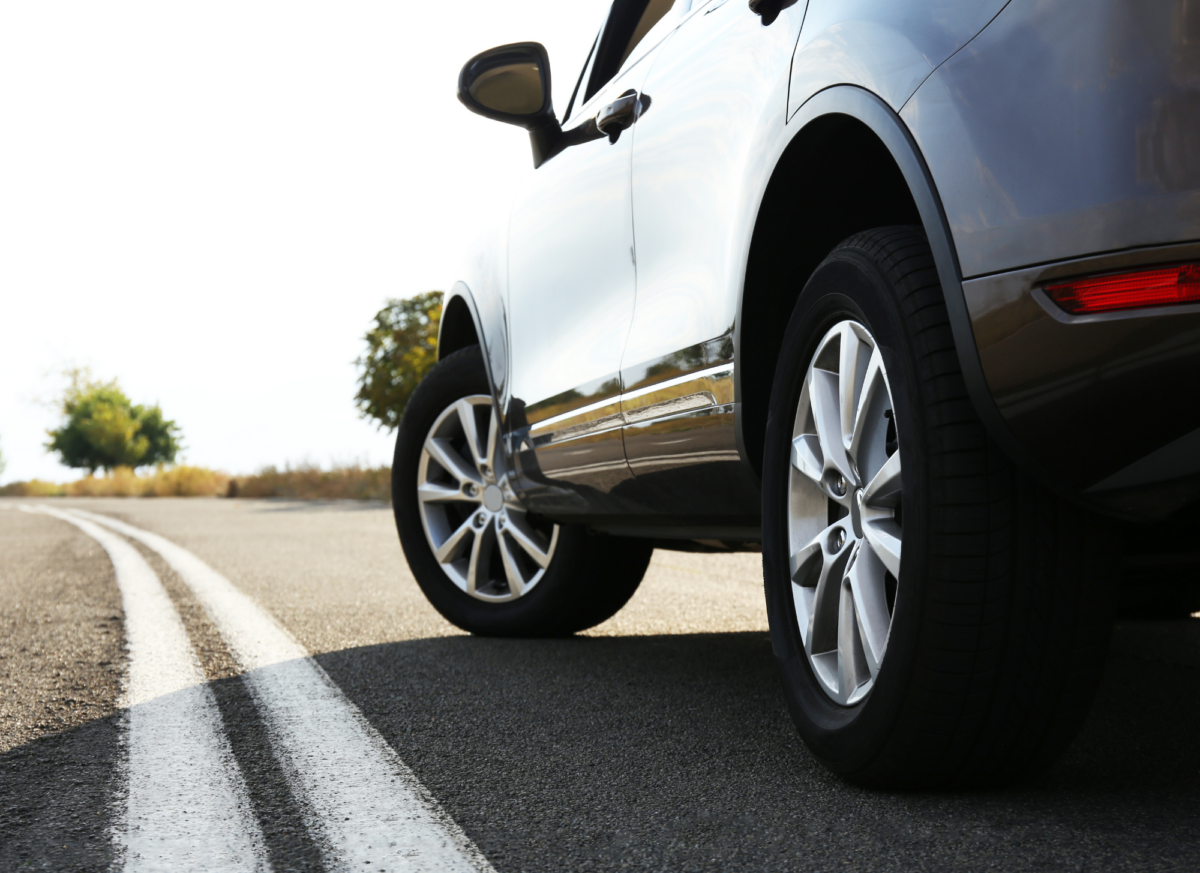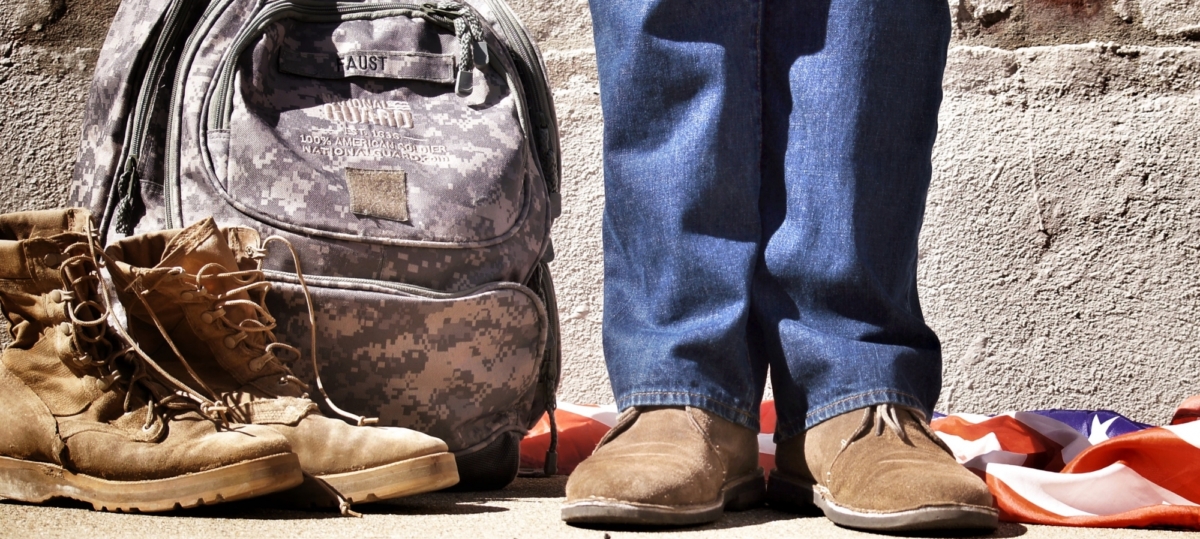Blogs
Blog posts and news.
In addition to effectively handling car donations within the USA, it is our mission to spread love, kindness, and generosity to others. Here at Cars2Charities we
value exceptional customer service and full transparency with our donors. With this in mind we created some resources that we think will be both helpful and
valuable for our donors and charities.

Fresno, California, is a vibrant and diverse city nestled in the heart of the San Joaquin Valley. Known for its agricultural roots, cultural richness, and growing economy, Fresno is more than just a stop on the map—it’s a community with a big heart. As residents continue to find ways to give back and make an impact, one increasingly popular method is through Fresno car donations.
If you have an old car you no longer need, consider donating it to a cause that matters. With Cars2Charities, one of the best car donation services in California, you can transform your unused vehicle into a powerful gift for charity, all while enjoying benefits like free title processing and a valuable tax deduction for car donations.

Sacramento, the capital of California, is a city steeped in rich history and vibrant culture. From its roots during the Gold Rush to its current status as a hub for politics, agriculture, and innovation, Sacramento continues to inspire. While you’re exploring historic sites like Old Sacramento, the California State Capitol, and the Crocker Art Museum, consider how you can give back to this incredible city—starting with car donations.
If you have an old car that’s no longer in use, Cars2Charities offers one of the best car donation programs in the region. Whether you’re a long-time Sacramento resident or new to the area, donating a car is a meaningful way to support local and national causes while also benefiting from a tax deduction for car donations.

San Francisco, California, is a city full of iconic landmarks, breathtaking views, and vibrant neighborhoods. From the Golden Gate Bridge and Alcatraz Island to colorful streets like Haight-Ashbury and the steep curves of Lombard Street, San Francisco is a destination that blends natural beauty with rich culture. But what truly makes this city special is the generosity of its people—and one way to contribute is through car donations.
If you have an old car taking up space, consider donating it through Cars2Charities. As a leader in California car donations, Cars2Charities helps you make a positive impact on your community while also benefiting from a potential tax deduction for car donations.

San Diego, California, is known for its stunning coastline, vibrant culture, and sunny lifestyle. But beyond the beaches and palm trees, there’s a community that thrives on generosity and giving back. One way to be a part of this spirit is through car donations. If you have an old car you no longer need, consider supporting a cause through Cars2Charities—one of the best car donation services in the state.
Whether you’re in the heart of downtown San Diego or the surrounding suburbs, donating a car is easier than ever. Cars2Charities makes the process smooth and rewarding, helping transform your vehicle into vital support for nonprofits while offering you a tax deduction for car donations.

Long Beach, California, is a dynamic coastal city known for its scenic waterfront, eclectic arts scene, and rich maritime heritage. From the iconic Queen Mary and the Aquarium of the Pacific to the lively shops and restaurants of Shoreline Village, Long Beach offers beauty, culture, and adventure. But beyond its stunning sights and vibrant neighborhoods, this city also thrives on generosity and community support—making it the perfect place for meaningful car donations.
If you have an old car you no longer use, consider donating it through Cars2Charities. As one of the best car donation programs in the United States, Cars2Charities helps residents of Long Beach turn unused vehicles into vital support for charitable organizations, all while offering a tax deduction to donors for car donations.

If you’re looking to make a meaningful impact while simplifying your life, consider making a car donation in Santa Clarita. Whether you have an old car collecting dust in your driveway or you’re upgrading to a newer model, donating your vehicle is a smart way to give back to your community while enjoying potential tax benefits.
At Cars2Charities, we make the process of car donations easy and rewarding. As a trusted name in California car donations, we specialize in transforming your old car into a valuable resource for charities and nonprofits. Our streamlined process is designed to help residents of Santa Clarita and beyond donate vehicles with minimal hassle and maximum impact.

Thinking about donating your car? Whether it’s running or not, Cars2Charities makes car donation easy, fast, and incredibly impactful. With free towing, maximum tax deductions, and the ability to support the charity of your choice, there’s no easier way to turn your old vehicle into something meaningful.

Donating your car is one of the easiest and most impactful ways to support a cause you care about. Whether you’re upgrading your vehicle, clearing out a garage, or simply want to make a difference, car donation programs can help you turn an unused car into valuable support for charities. In this guide, we’ll break down everything you need to know about how to donate your car, from choosing a reputable organization to understanding your tax deduction benefits.

If you have an old car taking up space in your garage, why not consider donating it to a charitable cause in Los Angeles? Car donations are a great way to give back to the community, and the process is easier than you might think. Whether your car is running or not, donating it can help a local charity and provide you with tax benefits. In this guide, we’ll show you exactly how to donate your car in Los Angeles, and why it’s a decision you’ll feel good about.








What are our donors saying?


1996 Club Car
Alzheimer's Association got more value
"It was super easy, it could not have been easier. So glad to support Alzheimer's Association."
Jonathon, K., Golf Cart Donation - Phoenix, AZ

Arthritis National Research Foundation got more value
"Love supporting Arthritis National Research this way."
Emily H., Car Donation - San Carlos, CA

2000 Chevrolet Astro
Big Brothers Big Sisters got more value
"Wonderful! That's a full 10 rating and will review and recommend on Yelp. "
Anita D., Van Donation - Torrance, CA

Children's Hospital got more value
"So happy to donate this van in the hope of
helping a child survive the disease."
Palisades Plumbing Inc., Van Donation - Pacific Palisades, CA

1991 Sun Voyager
Alzheimer's Greater Los Angeles got more value
"I was delighted my old RV sold for that much just
because you were able to fix it up a bit!"
Robert C., RV Donation - Westminster, CA

1994 Toyota Camry
SPCA - East Bay got more value
"Donating to SPCA was easier than writing a check, and I got rid of the
extra car on the side of the house. My wife was very happy."
Patrick C., Car Donation - Berkeley, CA

Childhood Leukemia Foundation got more value
"I had no use for this car any longer and it was
taking up space in my garage. Good experience."
Heather M., Car Donation - Yorba Linda, CA

1999 Dodge Ram 1500
Arthritis National Research Foundation got more value
"Our truck was just sitting on the driveway collecting dust. Wow, great job on the sale value!"
Jill W., Truck Donation - Redondo Beach, CA

2003 Toyota Corolla
Kitten Rescue got more value
"Same day pickup made it so easy -- and fast. Thanks!"
Lynda S., Car Donation - Studio City, CA


2002 Buick Rendezvous
Habitat for Humanity got more value
"All my questions were answered, you were very helpful. Thanks for making it so easy."
Dwight N., Car Donation - Temecula, CA